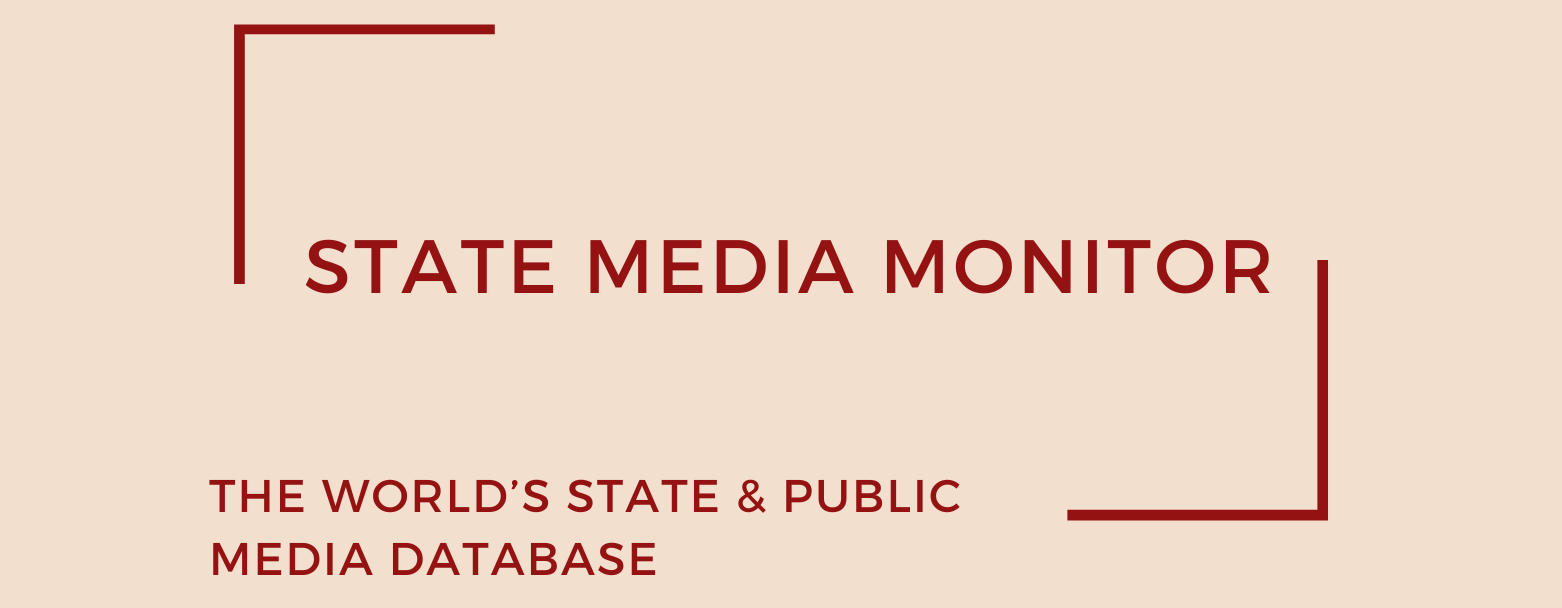Établissement de la radio tunisienne (Radio Tunisienne)
Radio Tunisienne is Tunisia’s national public radio broadcaster. It operates five nationwide channels alongside a broad network of regional stations that provide a mix of news, cultural programming, and local content. In January 2024, the Tunisian government announced that the editorial and technical staff of Shems FM—a privately founded but later state-confiscated station—would be absorbed into Radio Tunisienne. This integration followed the formal expropriation of Shems FM, a move widely criticised by press freedom groups as a step toward further consolidation of state media.
Media assets
National: Radio Tunis, Radio Tunisie Culture, Radio Jeunes, Radio Panorama, RTCI;
Regional: Sfax, Monastir, Gafsa, Tataouine, Le Kef
State Media Matrix Typology
Ownership and governance
Radio Tunisienne was established through the same structural reform that created Télévision Tunisienne (ETT), following the 2006 split of the former Établissement de la Radiodiffusion-Télévision Tunisienne. Like ETT, it is a public institution wholly owned by the Tunisian state and governed by the Presidency of the Government, which appoints the members of its executive board. The appointment of the station’s CEO is subject to approval by HAICA (Haute Autorité Indépendante de la Communication Audiovisuelle), although this requirement has been weakened under the current political climate.
According to official sources, Henda Ben Alaya Ghribi has served as CEO of Radio Tunisienne since June 2023. She previously held several leadership roles within the public broadcasting sector, including director of national programming. Her appointment came amid heightened political scrutiny of state media, placing her at the centre of a complex and tightly controlled editorial environment.
Source of funding and budget
The broadcaster is primarily financed through direct state subsidies. It also earns a modest share of revenue through commercial advertising, but according to Tunisian media professionals interviewed in May 2024 and March 2025, this comprises only a minor portion of the total budget. As with other public media in Tunisia, the state levies a broadcasting fee, but most of the revenue from that fee is not directly channelled back to Radio Tunisienne.
Editorial independence
Historically, Radio Tunisienne functioned as a government-controlled outlet, echoing the narrative of those in power. However, in the decade following the 2011 revolution, efforts were made to transform the broadcaster into a more pluralistic and independent institution. At one point, the station followed an internal editorial charter designed to uphold journalistic integrity and autonomy. For several years, no systematic evidence of government interference in editorial content was reported.
This progress, however, has been largely reversed. Since President Kais Saied invoked a series of “exceptional measures” beginning in 2021, Radio Tunisienne—like ETT—has once again fallen under direct state control. The President dismissed the broadcaster’s CEO not once, but twice since asserting sweeping executive powers. These dismissals bypassed the previously established safeguards, notably the HAICA review requirement and the principles enshrined in the station’s editorial charter—both of which are now dormant.
Today, Radio Tunisienne operates in an environment where meaningful oversight is absent. No independent mechanisms currently exist to assess or validate the station’s editorial independence. The abandonment of its internal editorial charter and the repeated top-down interventions have signalled a return to the broadcaster’s pre-revolutionary role as a vehicle for state messaging.
July 2025
Citation (cite the article/profile as part of):
Dragomir, M. (2025). State Media Monitor Global Dataset 2025.
Media and Journalism Research Center (MJRC).
Zenodo.
https://doi.org/10.5281/zenodo.17219015
This article/profile is part of the State Media Monitor Global Dataset 2025, a continuously updated dataset published by the Media and Journalism Research Center (MJRC).
